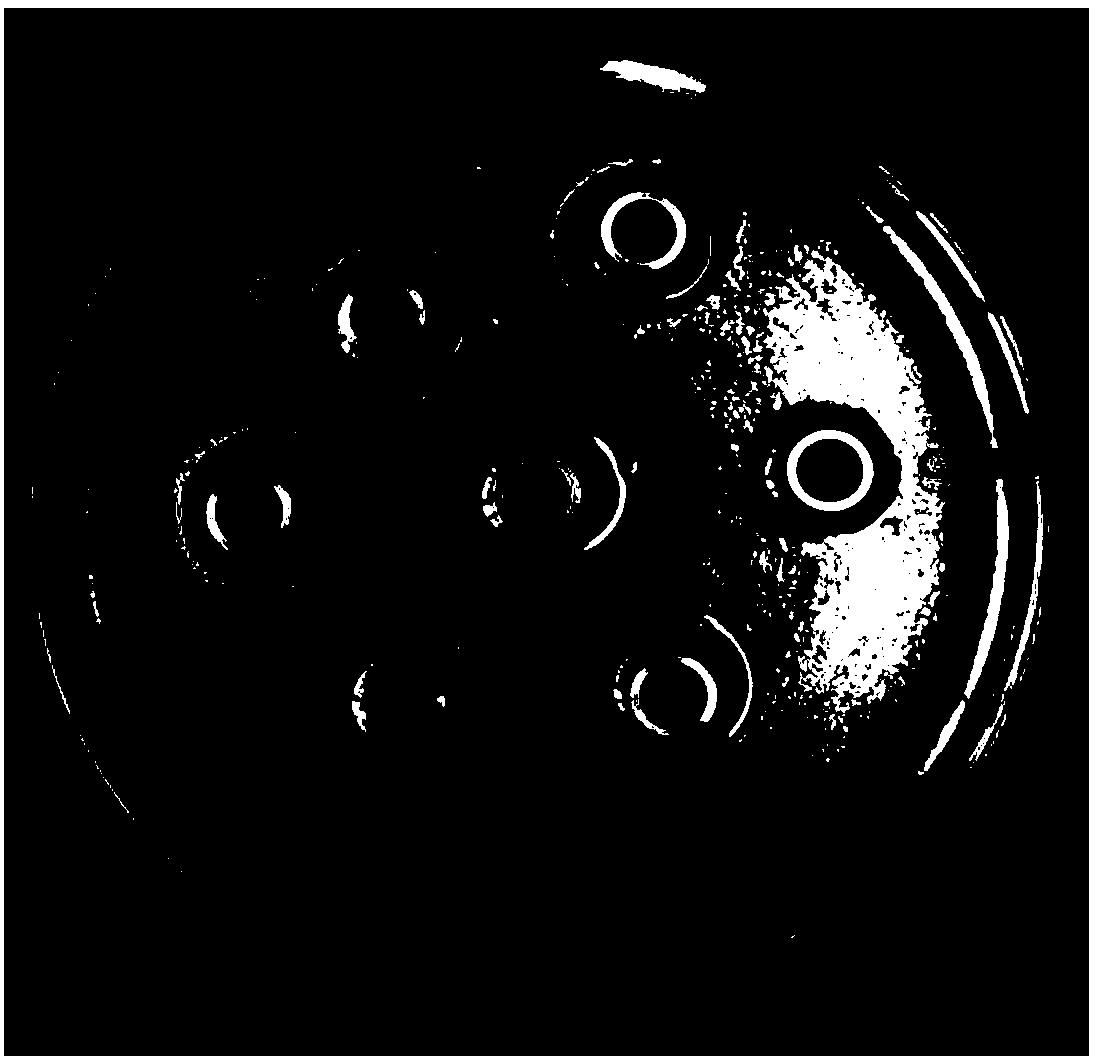Compound type antibiotic-free feed additive
A technology of biological feed and compound microorganisms, which is applied in the field of animal feed, can solve problems such as the failure of bacteria to achieve good synergy, the inability to quickly form dominant bacteria, and the unreasonable combination of probiotics, so as to enhance animal immunity, The effect of promoting animal intestinal health and improving disease resistance
- Summary
- Abstract
- Description
- Claims
- Application Information
AI Technical Summary
Problems solved by technology
Method used
Image
Examples
Embodiment 1
[0031] In the present invention, the Oxford cup inhibition zone method is used to evaluate the inhibitory effect of different microorganisms on Escherichia coli.
[0032]1. Preparation of indicator bacteria suspension: inoculate Escherichia coli, Staphylococcus aureus, and Micrococcus luteus in the culture medium, culture in a shaking table at 37°C at 200r / min for 16-18 hours, and the bacterial concentration reaches 1.0-1.5× 10 10 CFU / mL.
[0033] 2. Preparation of lactic acid bacteria and bacillus suspensions: Inoculate pure strains in 100mL MRS liquid medium or nutrient broth medium under sterile conditions, and culture at 37°C for 24-36 hours, so that the bacterial concentration reaches 1.0-1.5 ×10 8 CFU / mL.
[0034] 3. Evaluation of antibacterial performance: Take the supernatant of the fermentation broth prepared in step 2, drop 200 μL into the Oxford cups on the plate, and incubate at 37°C for 18 hours, measure the diameter (or area) of each inhibition zone for evalua...
Embodiment 2
[0037] The preparation of embodiment 2 solid probiotics
[0038] Bacillus licheniformis was inoculated in liquid medium (containing mass meter, containing molasses 50g / L, bran 10g / L, corn steep liquor powder 5g / L, soybean meal powder 30g / L) and cultured at 36-37°C for 1-2 days, then transferred In the solid fermentation medium (molasses 3%, cornmeal: soybean meal: bran=2:3:1) by the transfer amount seed liquid of 10% (v / v), the water content of control solid fermentation medium is 50 %, cultured at 36-37°C for 2-3 days, the number of viable bacteria can reach 10 9 -10 10 CFU / g.
[0039] Pediococcus lactis was cultured at 36-37°C for 1-2 days with a liquid medium (6% molasses, 1% bran, 1% corn steep powder, and 1% soybean meal powder), and transferred 10% (v / v) seed liquid to In the solid fermentation medium (molasses 6%, corn flour: soybean meal: bran = 3:1:1), the water content of the solid fermentation medium is controlled to be 50%, cultivated at 36-37°C for 2-3 days, an...
Embodiment 3
[0042] The preparation of embodiment 3 ferment acidulant
[0043] Vegetables (cabbage, green vegetables, garlic, radish, etc.) stems and leaves are crushed and stirred, put into an enzyme bucket, add 20-30% sucrose accounting for vegetable mass, and inoculate commercially available fruit and vegetable enzyme powder at 10% (m / m) (contains yeast and lactic acid bacteria), ferment at room temperature for 30-40 days, and when the pH drops below 3, add secondary flour, corn flour, and wheat flour to the enzyme fermentation liquid to control the water content of the feed liquid at 40-50%, and continue After 10 days of fermentation, the fermented enzyme is dried at about 40° C. (35-45° C.) until the water content is below 10%, that is, a solid enzyme acidifier with pH ≤ 3 is obtained.
PUM
 Login to View More
Login to View More Abstract
Description
Claims
Application Information
 Login to View More
Login to View More - R&D
- Intellectual Property
- Life Sciences
- Materials
- Tech Scout
- Unparalleled Data Quality
- Higher Quality Content
- 60% Fewer Hallucinations
Browse by: Latest US Patents, China's latest patents, Technical Efficacy Thesaurus, Application Domain, Technology Topic, Popular Technical Reports.
© 2025 PatSnap. All rights reserved.Legal|Privacy policy|Modern Slavery Act Transparency Statement|Sitemap|About US| Contact US: help@patsnap.com



